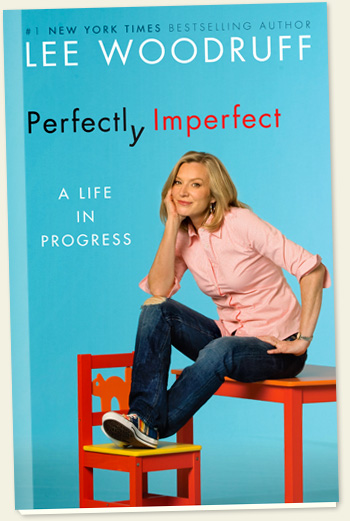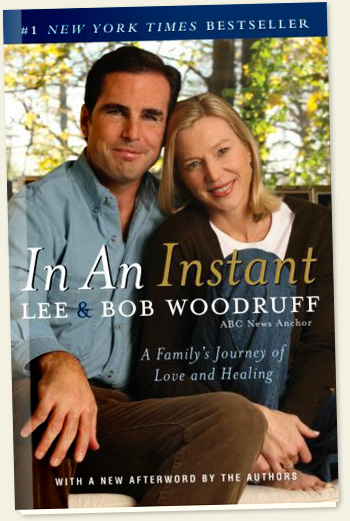Consider the Breast..
BOSOM - There is nothing sexy about this term. It’s Aunt Fanny in a cotton calico dress. These are the giant pillows that little children lay their heads on at naptime. Their two-car garage is a Double D white cotton Woolworth’s bra or other more complicated girdle-like pre-Spanx contraptions. Bosoms are way more than a handful, no longer springy and probably covered with baby powder or enough perfume to air freshen a room.
CLEAVAGE – OK, you’re right. Cleavage isn’t actually a term for breast, but it’s a preview, a prelude to a kiss. It’s the trailer to the movie. Cleavage shows a little leg, it teases and offers a suggestion and the promise of more. Cleavage is often preceded by the term “ample” and one customarily “sports” it.
HOOTERS - If breasts made noises, men must imagine they would hoot like a horn with joy. Perhaps that’s how this mystifying nickname came into vogue. But alas, like the giraffe on the Serengeti, breasts are silent creatures. There is an entire adult restaurant franchise named Hooters (and their logo is an owl whose eyes are two boobs with nipple pupils) OMG—how fun is that??!! LOL - And what clever marketing! Hooters connote the sexy librarian who takes off her glasses, lets her bun down and unbuttons her shirt. You go in for chicken wings and beer and end up with a face full of hooters! This is party city baby. If you’re hootin’ and hollerin’ around, this is the term for you. No AA cups need apply.
BREASTS – An anatomically correct term for those moguls of fat over our lungs. It’s more delicate to use this word, like a wide champagne glass. “Breast” says classy, manageable. You can even say breast in public. Hell you can ORDER chicken breast in a restaurant. It’s acceptable without being clinical or denigrating. Breasts are the Limoges demitasse cups of the coffee world.
TITS—This is farm animal territory, a rough and service oriented term. Tits is two steps away from teats, a word that makes my utters shudder. It might also apply to that stage of motherhood where nursing Moms under extreme sleep deprivation believe they may actually BE Bessie the Cow. Attaching oneself to a breast pump that is vacuuming off your nipples can make a woman feel…well…manhandled, even testy. And for men who are too lazy to love and respect their women, this is the term for you. Good luck getting a home-cooked meal.
BOOBS - This word says sorority girl collegial and locker room cheerful. Boob just sounds fun, bouncy, no strings attached. Boobs don’t have brains; they are ninnies, all harmless window dressing. You can write and say the word boob backwards or forwards. And fun, fun – yes, even men can have boobs too! (Increasingly known as “moobs” which is short for man-boobs) The ambiguously ambidextrous quality of the word makes it a very safe and PC term in public.
RACK – This is flat out a dude’s word, most often associated with hunting or butcher’s cuts of meat. I think of “rack” as in lamb, the small defenseless baby animal that gets slaughtered at springtime. This is a gun-slinger’s term, but Rack also goes with “rack and pinion steering,” making it a fairly mechanical term too. This nickname says “I’m gonna pull out some tools and tinker under the hood to get this baby running.” Be afraid. And make sure he washes his hands.
TATAs – Kind of a nice way to messa ‘round. This is a breezy, rapper, sing-songy word. It should have a dance step named after it. Even a toddler can say it. Tata is white bread and white rice soothing, no roughage or fiber to digest. Moreover, the use of simple syllabic names means you can avoid the more clinical, scary and downright yucky anatomical terms that doctors use (cross reference anatomy of the male genitalia). Among men this term is often preceded by the word “bodacious” for some inexplicable reason.
KNOCKERS - Ouch. This one is physical, the kissing cousin to another painful term “Speed Bags.” Not good either, think WWF. This calls to mind those perplexing old naked granny cartoons in Playboy or Hustler with torpedo shaped mammaries. I also think nostalgically of National Geographic magazine tribeswomen (pre-internet era porn for adolescent boys.) Knockers say, “gravity has taken its toll.” It’s kind of a caveman/frat boy term for men at work—not play. Be warned, this is not Olivia Newton John’s cheeky “Let’s Get Physical.” Nothing warm and fuzzy lives in the land of knockers.
YABBOS – Originally coined by Fred Flintstone in 700 BC, archaeologists believed this term is derived from the phrase “Yabba Dabba Doo.” This was the joy-like noise cavemen made while living among a tribe of mostly nude women wearing only furs and skins. Early prehistoric drawings indicate Betty Flintstone was not particularly well endowed and, it is thought that Wilma was the original inspiration for this name.
THE GIRLS - This term is female retaliation, a smack down to guys who, quite perplexingly, name their male organs. You know what I’m talking about here, it’s the sheer absurdity of pet names like “Big Pete” “Little Winky,” “Carlos” and “Darth Vader.” This inexplicable custom validates the playful “buddy” relationship many men share with their body parts. The Girls is a non-threatening, friendly term that promotes comfort with one’s own body. Think of the chick flick “Bridesmaids” and that take-back-the-night lingo that makes us feel all Helen-Reddy-I-Am-Woman-Hear-Me-Roar. This is also BFF speak, all cup sizes are welcome and there’s no hint of creepiness or sexism. “I’m taking the girls out tonight,” means “I’m going to sport some contour.” This is what happens when the old college sweatshirt comes off.
In the interest of brevity, I’ve left out other classics and potentially denigrating favorites such as jugs, melons, hogans, cans, headlights, fun bags, goodies, yummies, milk duds, high beamers and gazongas. And I encourage you to chime in with some suggestions of your own. There’s no question that the names for our mammaries are as varied, descriptive and nuanced as the women who own them.
So for every friend- sister- mother- daughter- wife- lover- husband- child - partner- woman who has removed a lump, gotten a scare, lost a breast, had a mastectomy, taken care of, nurtured and said goodbye to someone who has brushed up against the evil of “The Big C” – I salute you. Stay in the race, and keep fighting.








 October 16, 2011
October 16, 2011